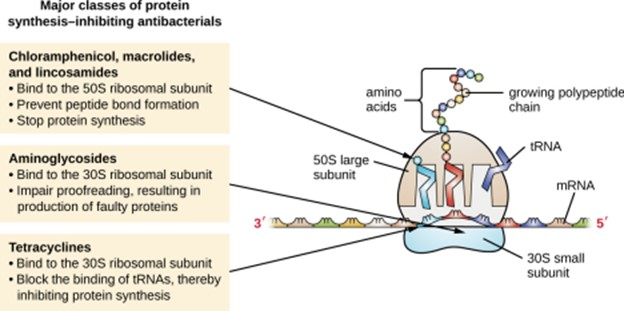While triaging the wounded from a disaster, you note that one of the wounded is not breathing, radial pulse is absent, capillary refill >2 seconds, and does not respond to your commands. What color tag is assigned?
Green
Yellow
Red
Black
The Correct Answer is D
During triage in a disaster situation, a color tagging system is often used to prioritize and categorize the injured based on the severity of their injuries and the urgency of medical attention required. The colors commonly used in triage are:
● Green tag: Minor injuries that are non-urgent and can typically wait for medical treatment.
● Yellow tag: Injuries that are significant but not immediately life-threatening, requiring medical attention within a few hours.
● Red tag: Critical injuries that are life-threatening but still salvageable with prompt medical intervention.
● Black tag: Injuries that are severe and unsurvivable or incompatible with life. This tag is assigned to individuals who are deceased or have injuries that are beyond the resources available for treatment.
In the given scenario, the absence of breathing, absent radial pulse, prolonged capillary refill, and unresponsiveness indicate a critical condition with no signs of life. Therefore, a black tag would be assigned to this individual.
Nursing Test Bank
Naxlex Comprehensive Predictor Exams
Related Questions
Correct Answer is {"dropdown-group-1":"A","dropdown-group-2":"B"}
Explanation
Aminoglycosides work by binding to the 30S subunit; this binding interferes with the bacterial ribosome's ability to synthesize proteins. By inhibiting protein synthesis, aminoglycosides disrupt bacterial growth and can lead to bacterial cell death.

Correct Answer is C
Explanation
Loop diuretics, such as furosemide, are known to promote diuresis (increased urine output) and can cause electrolyte imbalances, including low potassium (hypokalemia). The patient's statement about eating a diet rich in potassium-containing foods like potatoes, bananas, avocadoes, strawberries, and spinach is incorrect in this context. These foods are indeed good sources of potassium, but when taking loop diuretics, it is necessary to monitor and potentially restrict potassium intake to prevent excessive potassium levels.
"I will weigh myself daily and report to my physician if I gain more than 3 lbs in 1 day." This statement reflects the patient's understanding of the need to monitor their weight daily as a means of assessing fluid balance. Rapid weight gain may indicate fluid retention, which should be reported to the physician.
"This medication can cause dehydration, so I will stay hydrated by consuming at least 2 L or more of fluid per day." This statement demonstrates awareness of the potential for dehydration when taking loop diuretics and the importance of staying adequately hydrated by consuming an appropriate amount of fluids.
"I will change position slowly because I can become dizzy easily while taking this medication." This statement reflects the understanding that loop diuretics can cause orthostatic hypotension,
leading to dizziness upon sudden changes in position. Taking precautions and changing position slowly can help prevent falls and related injuries.

Whether you are a student looking to ace your exams or a practicing nurse seeking to enhance your expertise , our nursing education contents will empower you with the confidence and competence to make a difference in the lives of patients and become a respected leader in the healthcare field.
Visit Naxlex, invest in your future and unlock endless possibilities with our unparalleled nursing education contents today
Report Wrong Answer on the Current Question
Do you disagree with the answer? If yes, what is your expected answer? Explain.
Kindly be descriptive with the issue you are facing.
